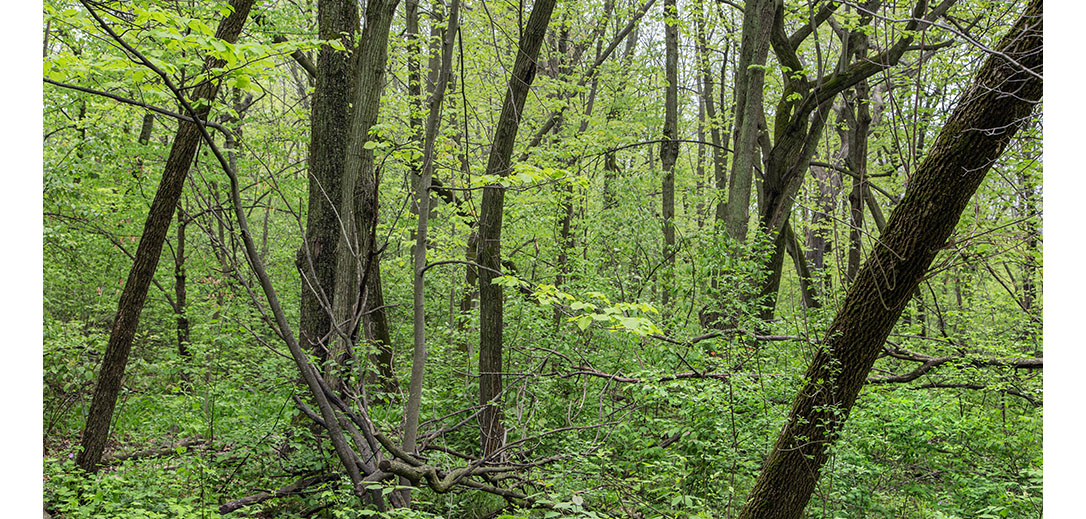
Downer Woods: A connection to nature at UWM
May 28, 2024 | Topics: Places
By Nathaniel Wurzer
Photography by Eddee Daniel
To the Mycological Society at UWM, Downer Woods represents nature close to home. It is a piece of somewhat disturbed woods that contains old oak trees—likely relicts of the indigenous influence on the landscape. This is no exaggeration; some individuals within Downer Woods have been estimated to have started growing in the late 1700’s*. Described as an oak forest because of the age and reproduction of oak trees, this ecosystem also had a large canopy component of ash, with basswood, hawthorn, elm, and ironwood. The understory consists of dogwood and viburnum as shrubs, and sedges, blue grass, strawberries, cinquefoils, geraniums, and self-heal in the herbaceous layer.

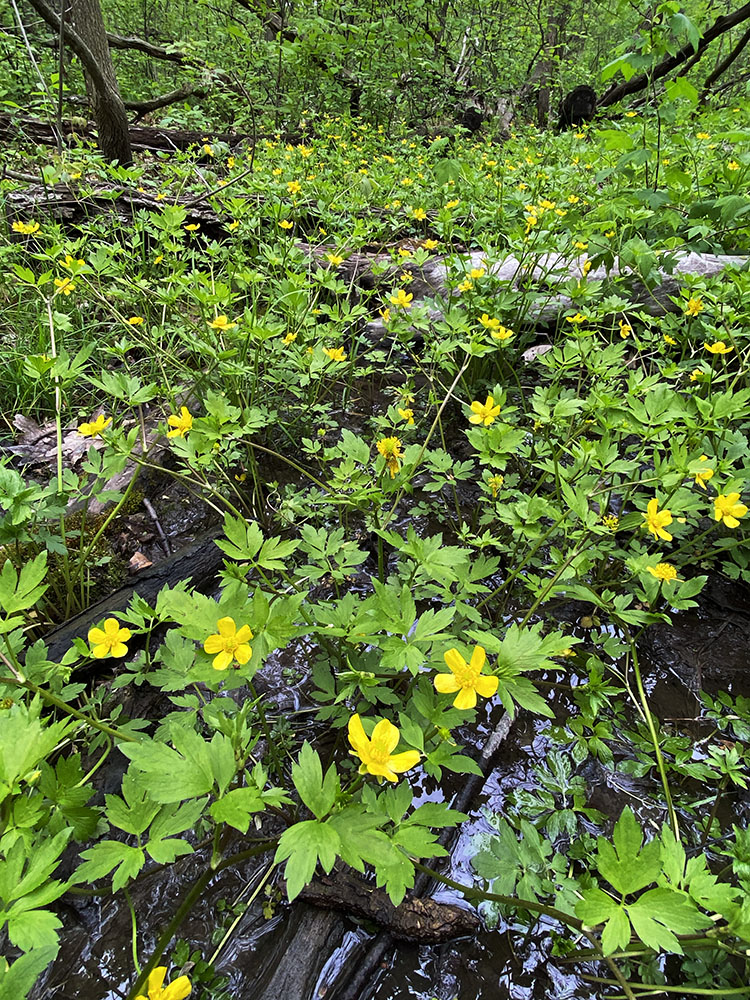
However, this remnant woods in the heart of Milwaukee is at odds with threats to its well-being. Prior to the 1900’s, this area was farmed. Grazing of farm animals was allowed in the Downer Woods understory, the evidence of which is observed by the presence of blue grass and thorny species like hawthorn*. At the time of its acquisition by UW-Milwaukee, Downer Woods spanned roughly 35 acres. Development has shrunk the extent of the woods to its current 11.1 acres. Even at the time of acquisition in July 1964, exotic and invasive species were present in considerable numbers. Buckthorn and honeysuckle had made their way into the woods and existed as a component of the understory in higher frequency than the native shrubs*.
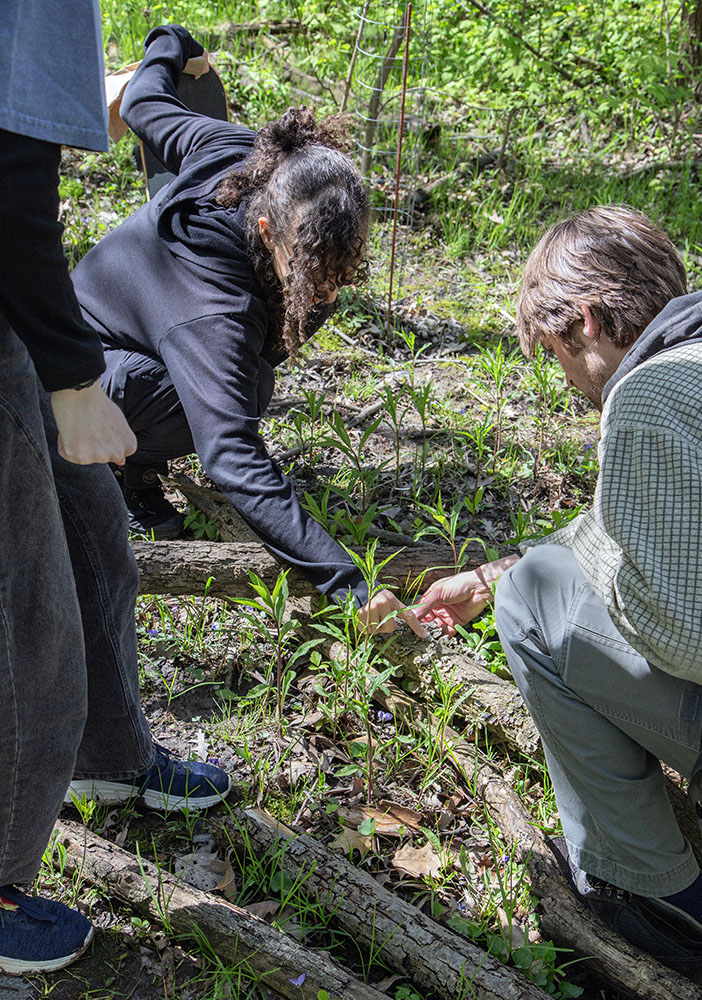

A stroll through Downer Woods will highlight patches of lily-of-the-valley, another non-native species. You will notice a sparse canopy, resulting from the emerald ash borer. The ash population in Downer Woods was killed completely, leaving only saplings that are too small for the ash borer. Questions of reserve size and resilience to disturbance and climate change are relevant to the future of Downer Woods, and the students of tomorrow will know a different ecosystem than we do today.
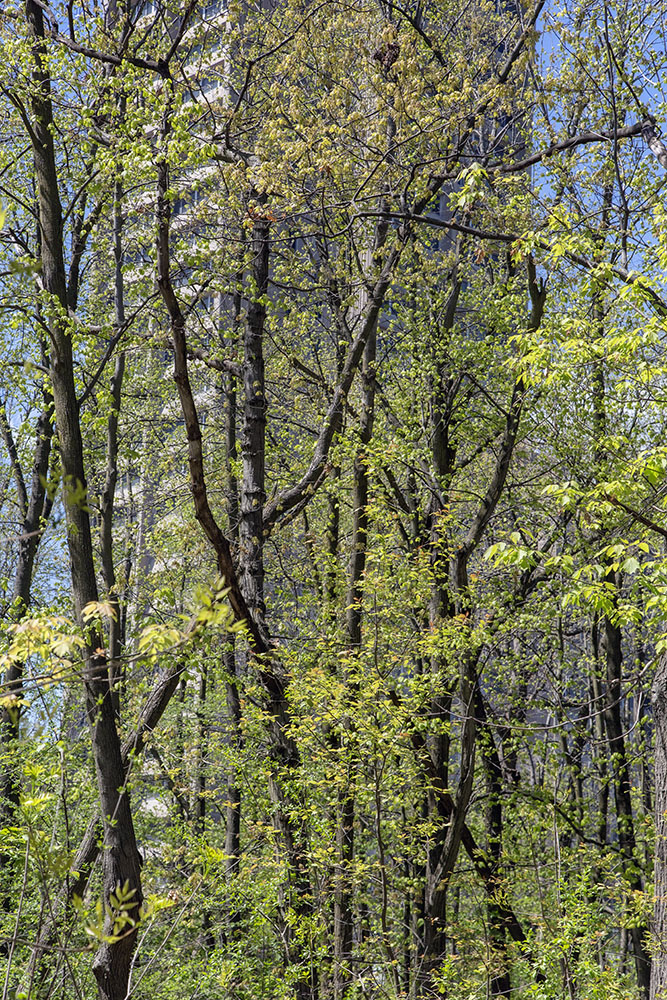
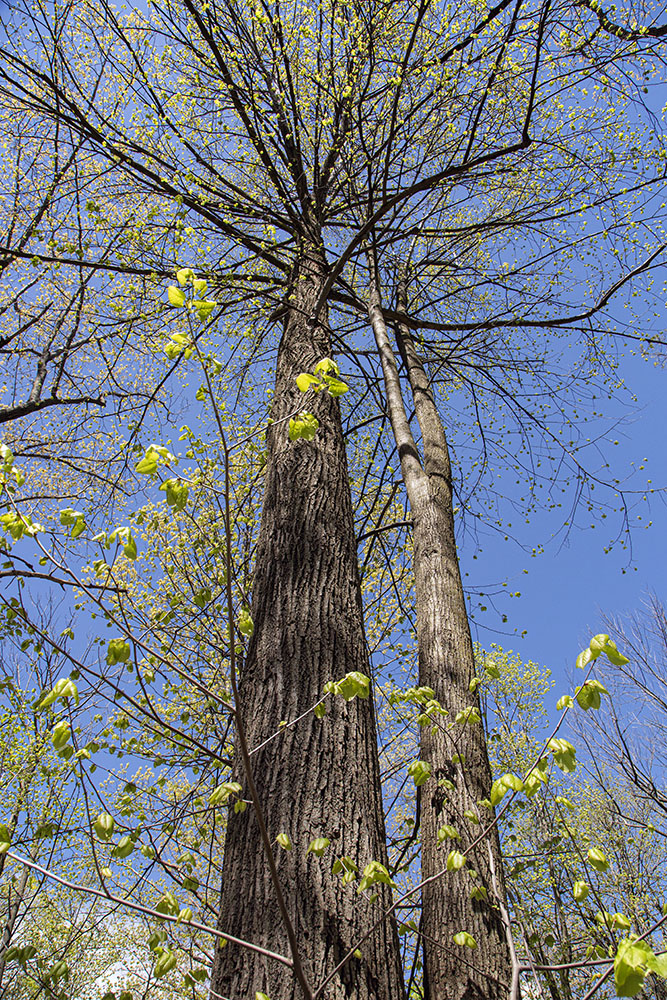
There is hope. The Field Station has a steward that works to remove buckthorn. Students and community members frequent the woods for enjoyment and learning. Basswood is taking advantage of the light release from the canopy following the death of the ash. There are persistent hints as to the ecological history of this preserve. For example, in a foray during the Fall 2023 Semester, students found indications of an incredible fungal diversity—species such as Hydnum repandum (Hedgehog mushroom), Cortinarius atkinsonianus, Hypsizygous ulmarius (Elm oyster), Rassula spp., Mycena spp., and more were identified. The presence of oak trees is indicative of the presence of mycorrhizal macrofungi like the Cortinarius and Rassula mushrooms.
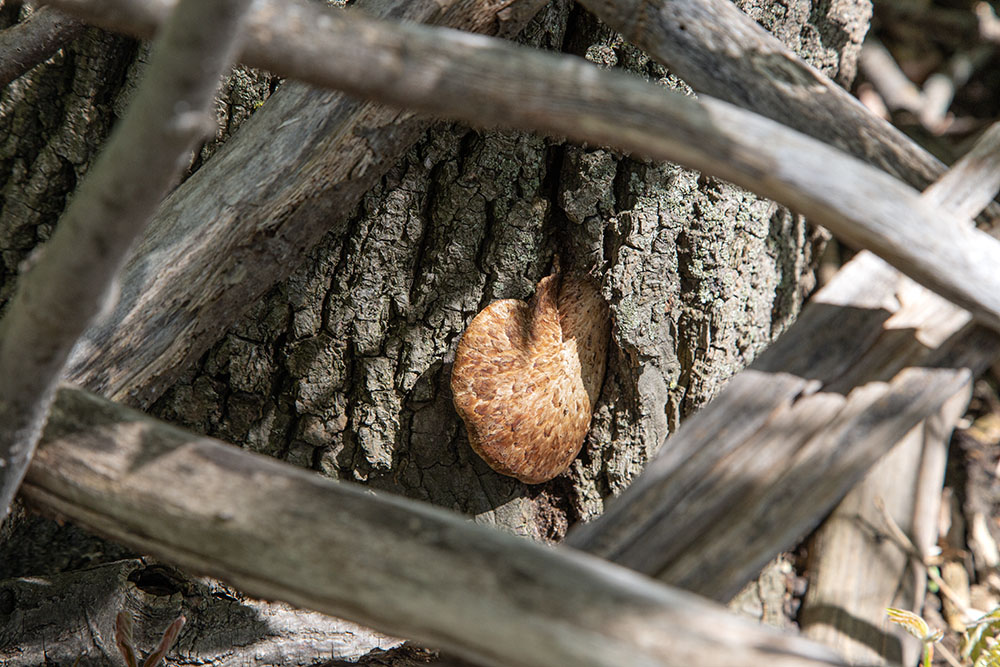

The Mycological Society at UWM is grateful to have connection with Downer Woods, which has been an ideal location for accomplishing our mission of education and building relationships between nature and humans. We exist to cultivate a community of fungal education and celebration. The Downer Woods is a place where we can look for fungi species, observe the habitat around us, and learn about the entangled relationships of beings in the local ecosystem. This interest helps people to understand what is going on in the nature where they live, where their place is, and to look closer at their surroundings.

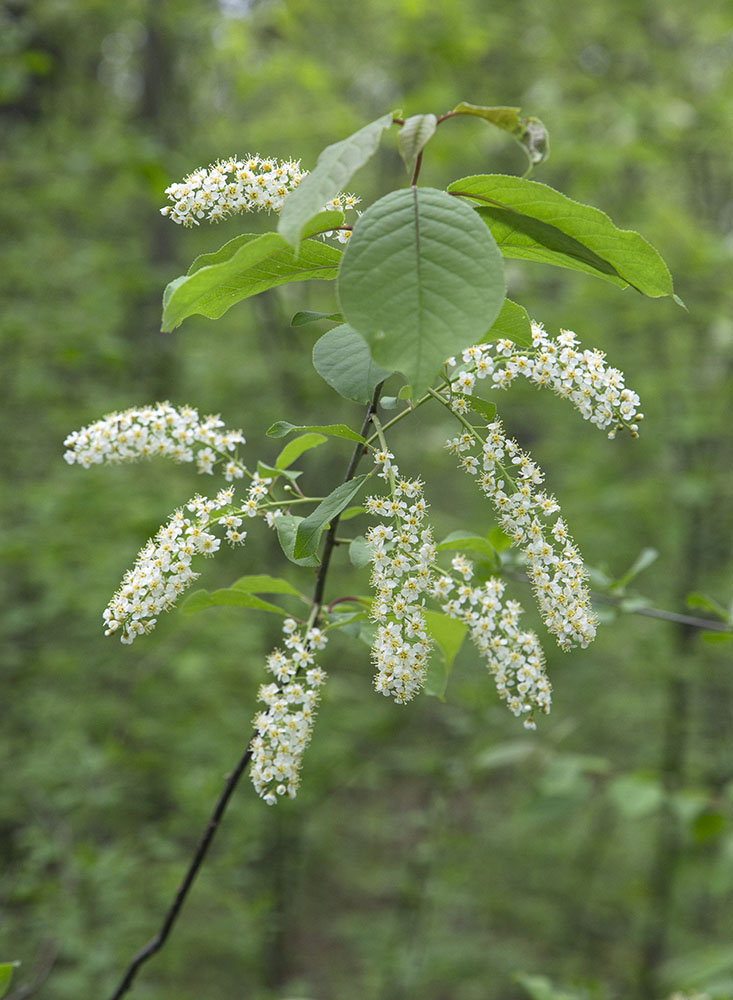
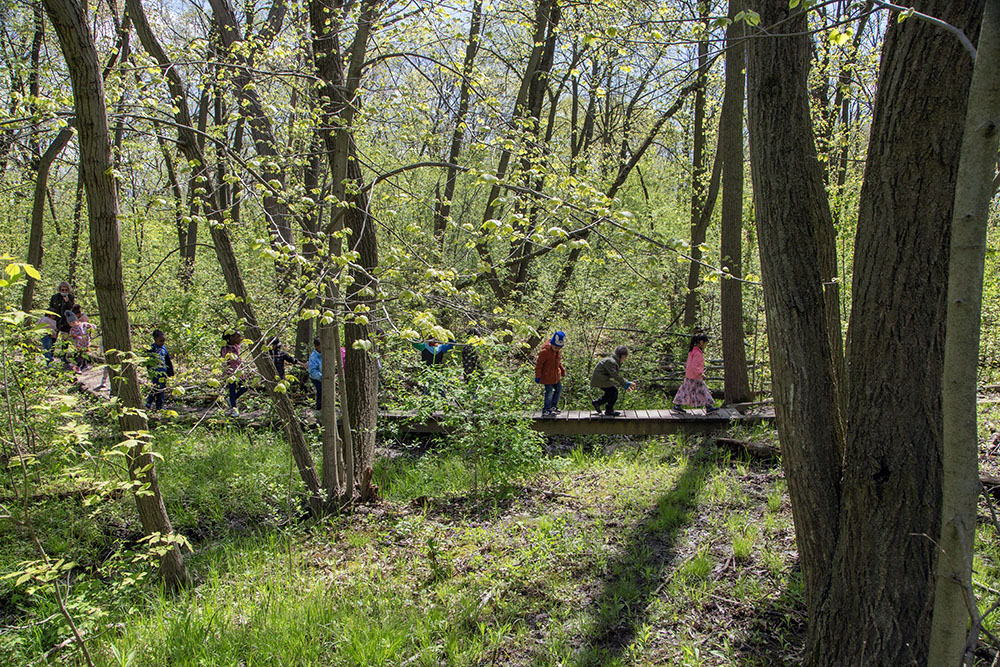
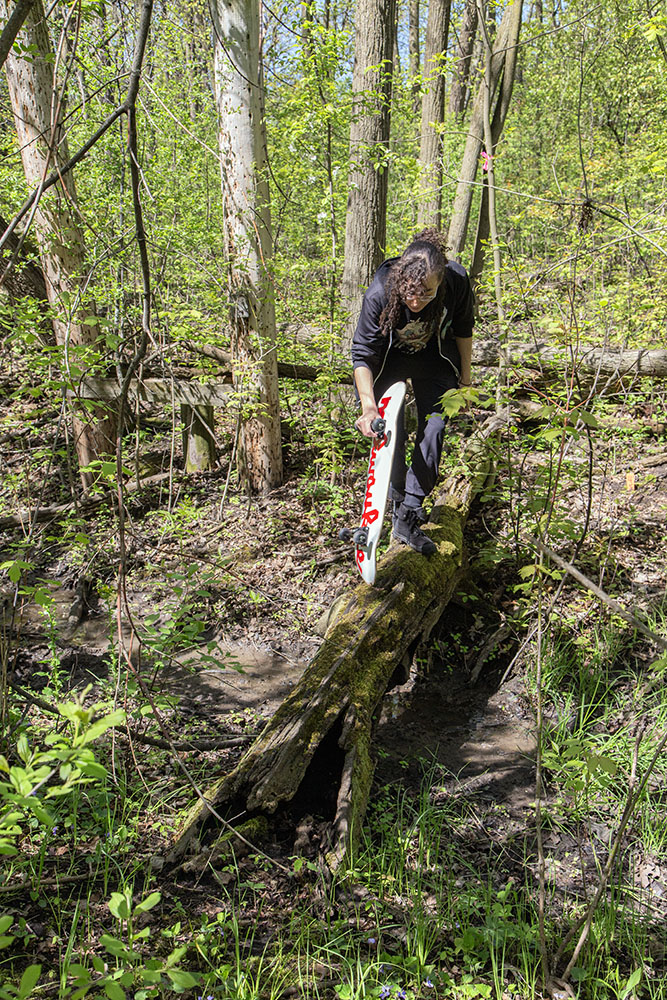
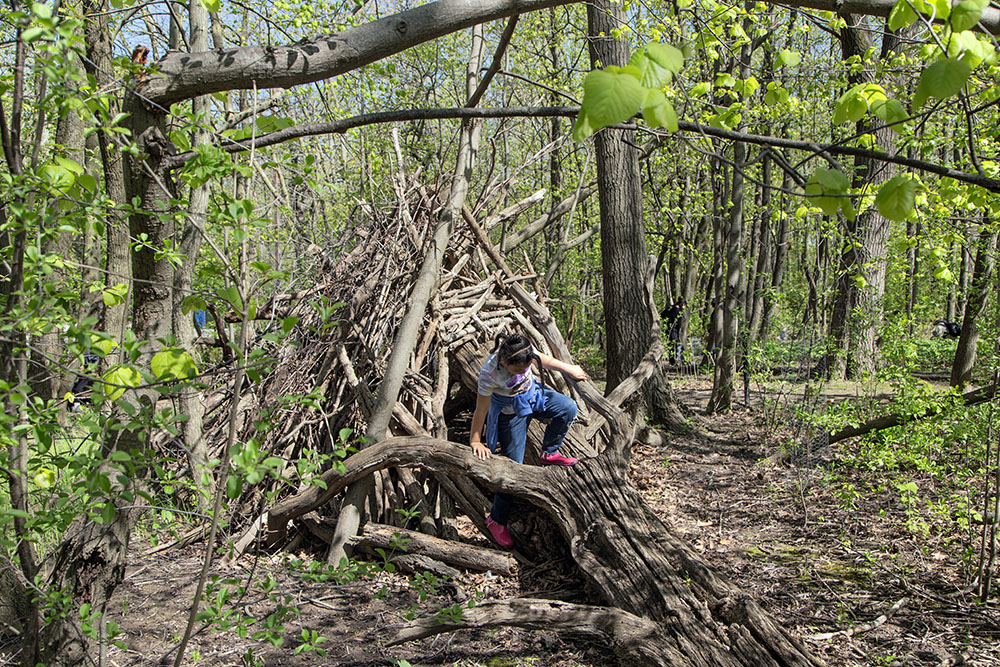
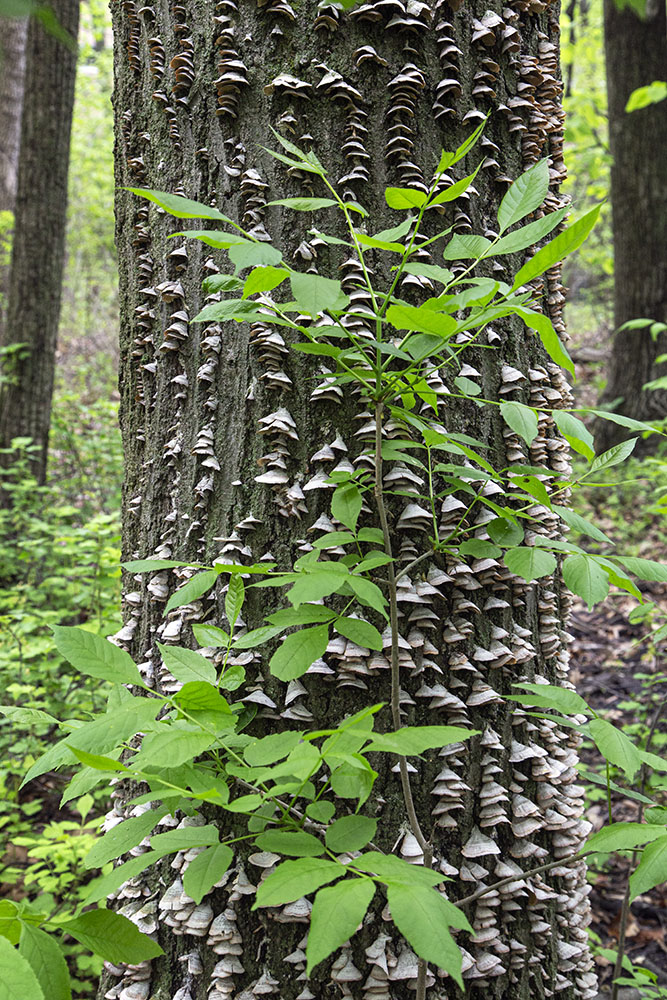
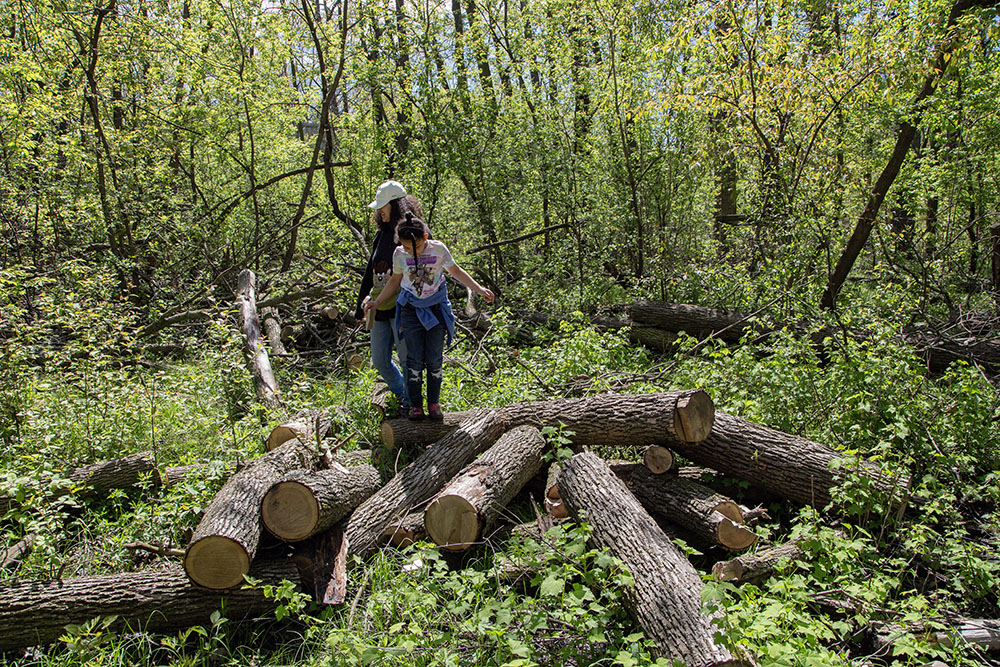


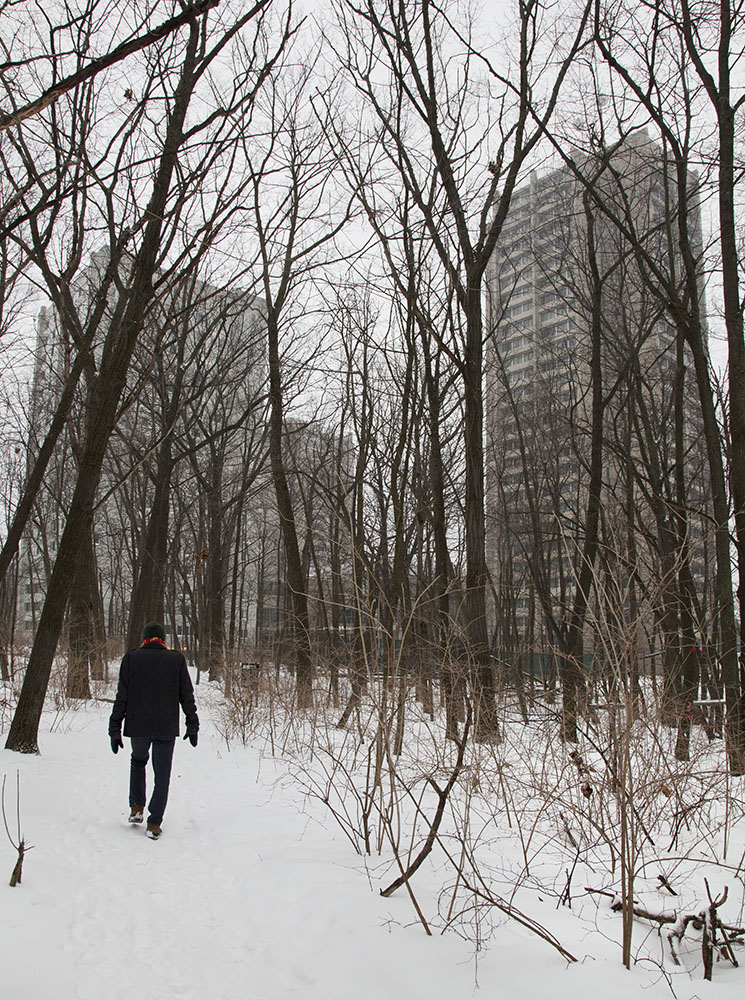
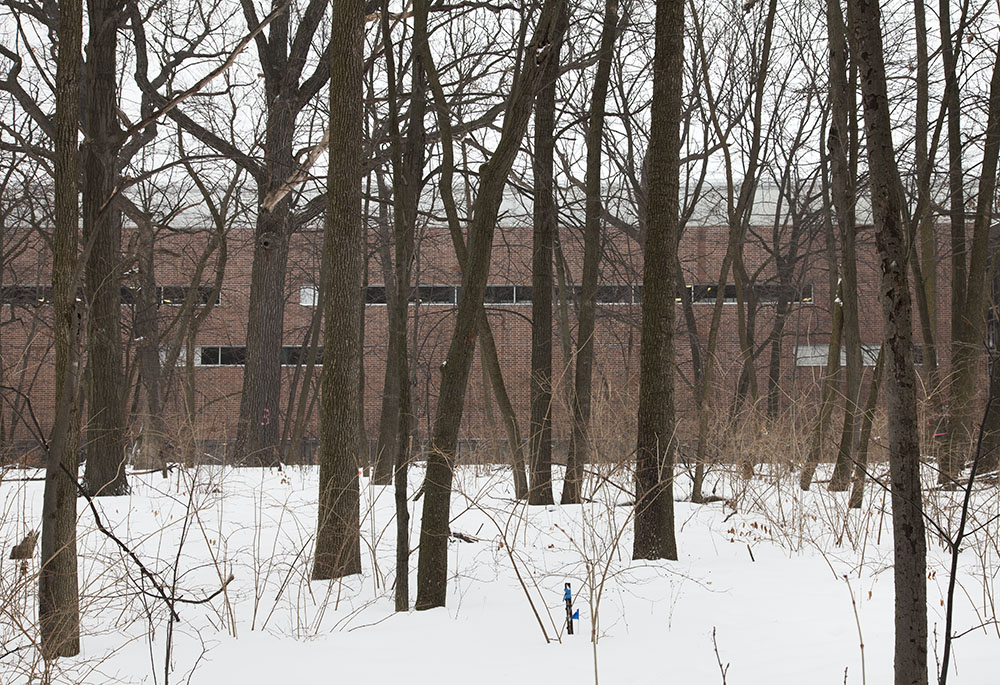
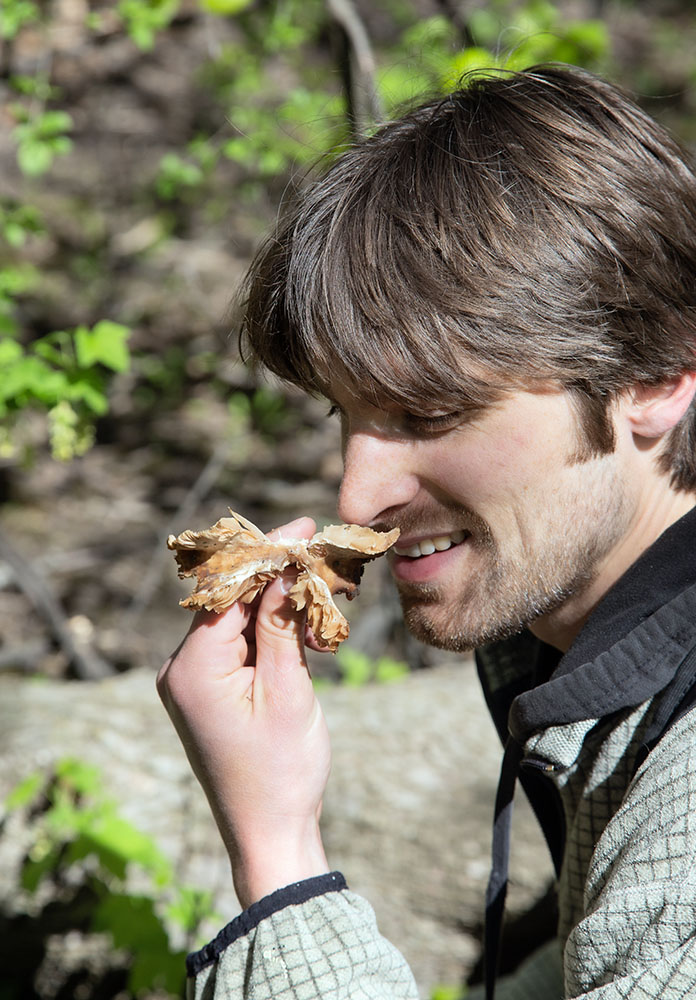
Nathaniel Wurzer is a co-founder of the Mycological Society at UW-Milwaukee. Eddee Daniel is a board member of Preserve Our Parks and an alumnus of UWM. Except as noted, all images taken in May, 2024.
* Source: Salamun, P.J. 1972. A botanical history of Downer Woods. Field Station Bulletin 5(1): 1-9.
4 thoughts on "Downer Woods: A connection to nature at UWM"
Comments are closed.


The pictures make me want to explore there. Thanks for the history and the current conditions in the woods.
How delightful and hopeful that this little piece of paradise is still here and cared for. Nice work UWM!
Nice work Eddee Daniel!
This takes me back to my college days at UWM, I worked for the Library Science School which at that time was located on the two top floors of the Downer Building (and before the dorms were built). I had a small desk in what used to be called the stacks, shelves that held the school’s collection including the latest in children’s literature because Prof. Eloise Rue who taught Children’s Literature also wrote the yearly update for the World Encyclopedia and every publisher sent her a copy of their newest Kiddie Lit hoping she’d comment in the annual article. I digress, as I helped catalouge the new books, I’d sit and daydream watching out the window at the Oak Trees and the woods. It was especially beautiful in autumn. As I watched a leaf float from the canopy, I captured the moment in my mind’s eye (in the vein of “if a log falls in the woods and no one is there to hear it….). Thanks Eddee!
Wonderful that the Downer Woods are no long an issue for possible building development! Keep up the effort to interest UWM students and younger in nature.